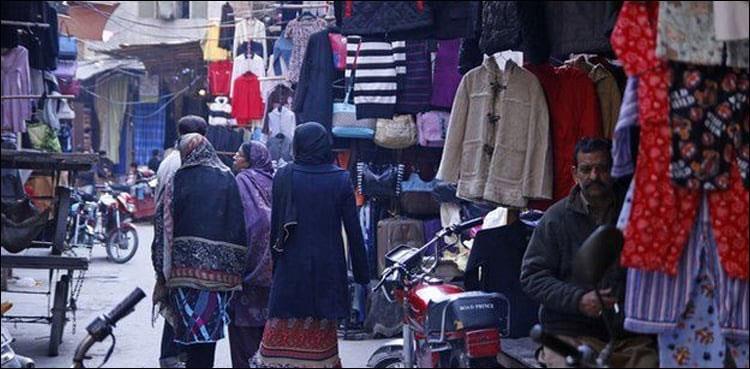
Exploring Flea Markets: A Haven For Affordable Finds In An Era Of Inflation
In Quetta, the scene is no different. Known as the Kabari or NATO Market, it offers a unique blend of items, ranging from NATO supplies to second-hand goods. Over 16 years ago, this market consisted of makeshift stalls on Double Road, which were tragically destroyed in a fire. Today, it has transformed into a sprawling marketplace with over 500 concrete shops, offering everything from branded clothes and kitchenware to home appliances and books.
A Shopper's Perspective: Treasures Found and Lessons LearnedAs someone who frequents these markets, I have discovered gems like branded Pyrex dishes, English books, children's shoes, and even makeup products at unbelievably low prices. The affordability often makes these items seem like they were meant to be hidden treasures for those willing to explore.
However, the landscape is changing. On a recent visit to Quetta's shoe market on Kansei Road, I noticed a significant price hike in branded shoes from names like Nike, Puma, Skechers, Adidas, and Reebok.
Also Read: Applications Open: DW Akademie's International Media Studies (IMS) Program
What once cost between PKR 1,500-2,500 now ranges from PKR 3,500 to an astonishing PKR 15,000. When I inquired about the spike, shopkeepers blamed it on rising costs, noting that Karachi traders now purchase stock from Quetta to sell at even higher prices. This growing awareness of brand value among local vendors has also contributed to inflation.
The Flea Market's Role in an Inflated EconomyFlea markets and garage sales have long been a lifeline for middle-class families worldwide, offering essentials at accessible prices. In Pakistan's current economic climate, they serve not only the lower-income strata but also individuals from affluent households, who now find value in these markets. After all, why pay exorbitant prices for local brands when international labels, both new and second-hand, are available for a fraction of the cost?
These markets also challenge the stigma around purchasing second-hand goods. Many items, such as home appliances, bicycles, and kitchen gadgets, are in excellent condition and available at a fraction of their original price. For instance, a second-hand refrigerator my husband bought for PKR 15,000 was practically new but impractical for our needs, as we prefer larger storage. We ended up exchanging it for a bigger model, but it demonstrated the value these markets offer.
A Lifeline Under Threat?In these testing times, flea markets are a blessing for countless families. They uphold the dignity of those who might otherwise struggle to afford necessities. However, there's an underlying fear: what if authorities decide to tax these markets, stripping away one of the few remaining lifelines for the people?
Until then, flea markets remain a testament to resilience and resourcefulness, offering both utility and luxury to those who seek them. Let's hope they continue to thrive, untouched by policies that could hinder their accessibility. After all, these markets are more than just places to shop-they are a symbol of survival in an increasingly unaffordable world.

Legal Disclaimer:
MENAFN provides the
information “as is” without warranty of any kind. We do not accept
any responsibility or liability for the accuracy, content, images,
videos, licenses, completeness, legality, or reliability of the information
contained in this article. If you have any complaints or copyright
issues related to this article, kindly contact the provider above.


















Comments
No comment